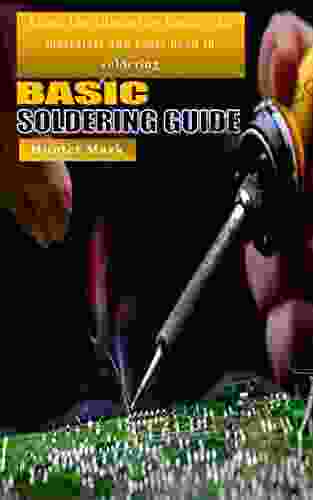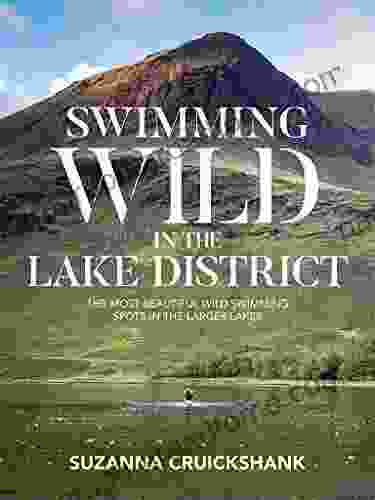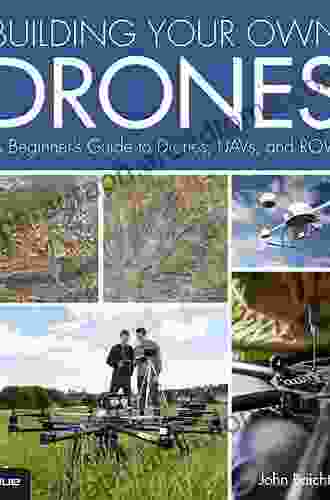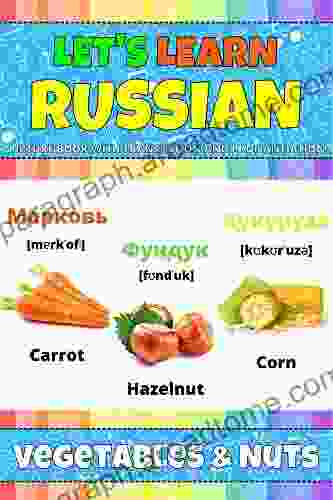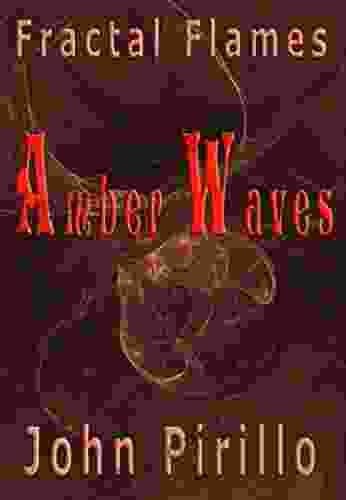Unlock the World of Soldering: A Comprehensive Guide to Materials and Tools

Soldering is a fundamental skill in various industries, ranging from electronics to jewelry making. Mastering the basics of soldering empowers you to connect and repair components, creating strong and reliable joints. Embark on this journey with us as we explore the essential materials and tools used in soldering, providing you with the knowledge and confidence to tackle any soldering project.
Materials
1. Solder
4.6 out of 5
| Language | : | English |
| File size | : | 607 KB |
| Text-to-Speech | : | Enabled |
| Screen Reader | : | Supported |
| Enhanced typesetting | : | Enabled |
| Print length | : | 23 pages |
| Lending | : | Enabled |
Solder is the key material in soldering, acting as a metallic alloy that melts and flows between two surfaces, forming a strong bond. It typically consists of tin and lead, with various proportions used depending on the application. Higher tin content results in a stronger joint, while higher lead content makes the solder easier to melt.
2. Flux
Flux plays a crucial role in the soldering process by removing oxidation from the surfaces being joined, ensuring a clean and strong bond. It is typically composed of rosin, which melts and forms a protective layer over the solder joint, preventing corrosion.
3. Wire
Soldering wire is a thin, flexible wire made of solder, allowing for precise application and control during soldering. It comes in various diameters, with thinner wires providing more flexibility and control for intricate work.
Tools
1. Soldering Iron
The soldering iron is the primary tool used in soldering, heating the solder and melting it onto the joint. It consists of a metal tip that transfers heat to the solder and an insulated handle for safe handling. Soldering irons come in different wattages, with higher wattages providing more heat for thicker joints.
2. Stand
A soldering iron stand provides a safe and stable place to rest the soldering iron when not in use. It helps prevent accidental burns and keeps the tip clean and free of debris.
3. Wire Cutters
Wire cutters are essential for cutting solder wire to the desired length. They come in various sizes and shapes, with flush cutters providing a clean, precise cut.
4. Needle-Nose Pliers
Needle-nose pliers are versatile tools used for bending, holding, and manipulating small components during soldering. Their precision tips allow for delicate handling, making them ideal for precise work.
5. Heat Gun
A heat gun is a powerful tool that generates a stream of hot air, used primarily for desoldering or removing solder from a joint. It allows for precise control of heat, making it suitable for delicate components.
Soldering Process
The basic soldering process involves several steps:
1. Preparation: Clean the surfaces to be joined and apply flux.
2. Heating: Heat the surfaces using a soldering iron until the solder melts and flows onto the joint.
3. Soldering: Apply solder wire to the melted solder, allowing it to flow into the joint.
4. Cooling: Allow the solder to cool and solidify, creating a strong bond.
Tips for Success
- Use a clean and properly tinned soldering iron tip.
- Apply enough flux to ensure a clean bond.
- Use the correct solder for the application, considering factors such as strength and melting temperature.
- Heat the joint evenly and avoid overheating, as this can damage the components.
- Allow the solder to cool completely before handling to prevent disturbing the joint.
Applications of Soldering
Soldering finds widespread use in numerous industries and applications, including:
- Electronics: Connecting electronic components on circuit boards.
- Jewelry making: Joining metal pieces in jewelry design.
- Plumbing: Repairing and joining pipes and fittings.
- Automotive: Soldering electrical connections and sensors.
- Arts and crafts: Creating decorative and functional items.
Mastering the basics of soldering empowers you with a valuable skill that opens up a world of possibilities in various fields. By understanding the materials and tools involved, you can confidently tackle soldering projects, creating strong and reliable joints. Embrace the world of soldering today and embark on a journey of creativity and practical applications.
4.6 out of 5
| Language | : | English |
| File size | : | 607 KB |
| Text-to-Speech | : | Enabled |
| Screen Reader | : | Supported |
| Enhanced typesetting | : | Enabled |
| Print length | : | 23 pages |
| Lending | : | Enabled |
Do you want to contribute by writing guest posts on this blog?
Please contact us and send us a resume of previous articles that you have written.
 Book
Book Novel
Novel Page
Page Chapter
Chapter Text
Text Story
Story Genre
Genre Reader
Reader Library
Library Paperback
Paperback E-book
E-book Magazine
Magazine Newspaper
Newspaper Paragraph
Paragraph Sentence
Sentence Bookmark
Bookmark Shelf
Shelf Glossary
Glossary Bibliography
Bibliography Foreword
Foreword Preface
Preface Synopsis
Synopsis Annotation
Annotation Footnote
Footnote Manuscript
Manuscript Scroll
Scroll Codex
Codex Tome
Tome Bestseller
Bestseller Classics
Classics Library card
Library card Narrative
Narrative Biography
Biography Autobiography
Autobiography Memoir
Memoir Reference
Reference Encyclopedia
Encyclopedia Jerry Dennis
Jerry Dennis Jim Wiles
Jim Wiles Mark Evans
Mark Evans John Lex Robinson
John Lex Robinson Ron Burgundy
Ron Burgundy Suzette Pare
Suzette Pare Li Wen Bin
Li Wen Bin Kaiwan Mehta
Kaiwan Mehta John Chapin
John Chapin Jennifer Wells
Jennifer Wells Joe Laredo
Joe Laredo Josephina Antoniou
Josephina Antoniou Jim Muir
Jim Muir Mindfulness Training
Mindfulness Training Jyoti Rajan Gopal
Jyoti Rajan Gopal Roxann Prazniak
Roxann Prazniak Nathan Rabin
Nathan Rabin William L Thompson
William L Thompson John A Conkling
John A Conkling Reena Kumarasingham
Reena Kumarasingham
Light bulbAdvertise smarter! Our strategic ad space ensures maximum exposure. Reserve your spot today!

 Isaac AsimovThe End of Heart Disease Study Guide: A Comprehensive Resource for Optimal...
Isaac AsimovThe End of Heart Disease Study Guide: A Comprehensive Resource for Optimal... Marcus BellFollow ·9.2k
Marcus BellFollow ·9.2k Kyle PowellFollow ·8.2k
Kyle PowellFollow ·8.2k Russell MitchellFollow ·16.3k
Russell MitchellFollow ·16.3k John GreenFollow ·2.9k
John GreenFollow ·2.9k Mason PowellFollow ·13.2k
Mason PowellFollow ·13.2k Clarence MitchellFollow ·4.5k
Clarence MitchellFollow ·4.5k Clayton HayesFollow ·16.1k
Clayton HayesFollow ·16.1k Cason CoxFollow ·3.6k
Cason CoxFollow ·3.6k

 Julio Cortázar
Julio CortázarAn Illustrated Encyclopedia Of Live Concerts And...
Immerse yourself in the...
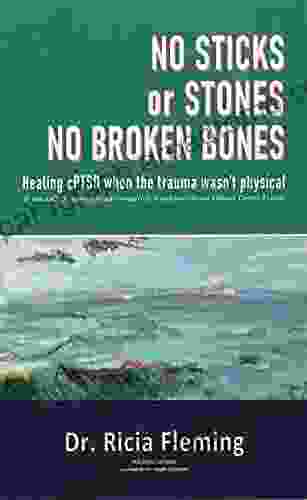
 Edgar Cox
Edgar CoxNon Physically Assaultive Attachment Based Chronic Covert...
What is Covert...
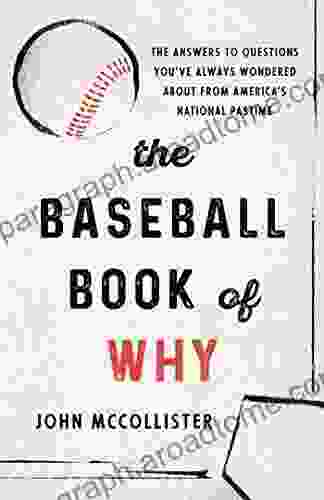
 Robert Reed
Robert ReedThe Baseball of Why: Unraveling the Intricacies of...
Step up to the plate and...
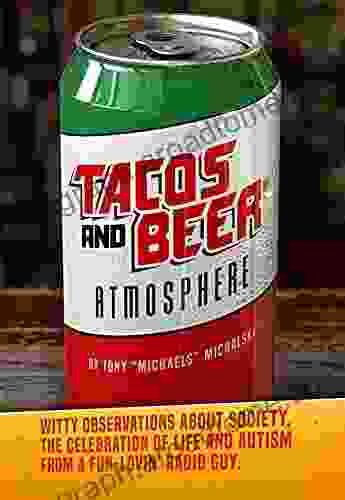
 Aldous Huxley
Aldous HuxleyTacos and Beer: An Atmosphere of Flavorful Delights
In the realm of culinary adventures,...

 Stan Ward
Stan WardUnlock the Secrets of the Aramaic Jesus: Revelations of a...
Journey Back to the Roots of...
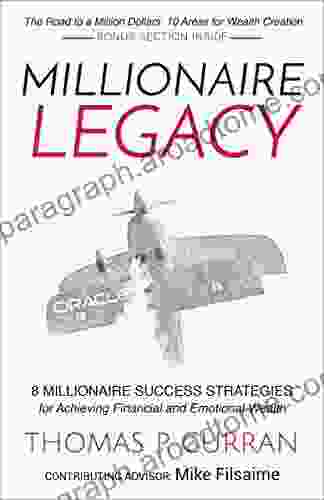
 Vincent Mitchell
Vincent MitchellMillionaire Success Strategies: Your Blueprint for...
Unlock the...
4.6 out of 5
| Language | : | English |
| File size | : | 607 KB |
| Text-to-Speech | : | Enabled |
| Screen Reader | : | Supported |
| Enhanced typesetting | : | Enabled |
| Print length | : | 23 pages |
| Lending | : | Enabled |


